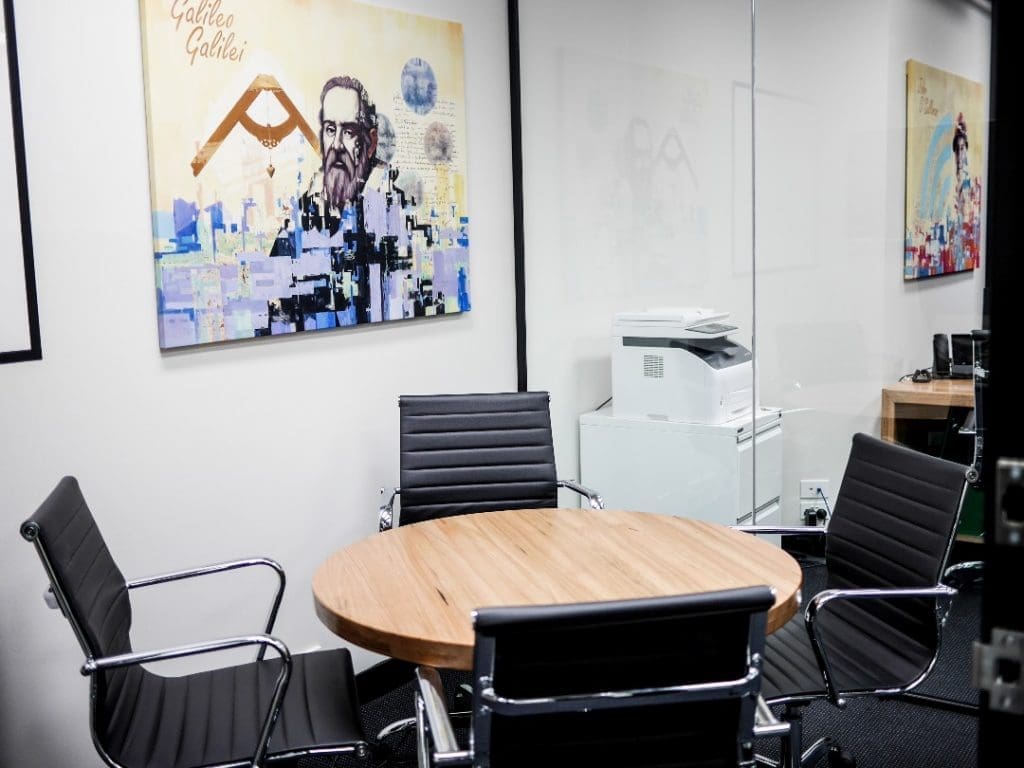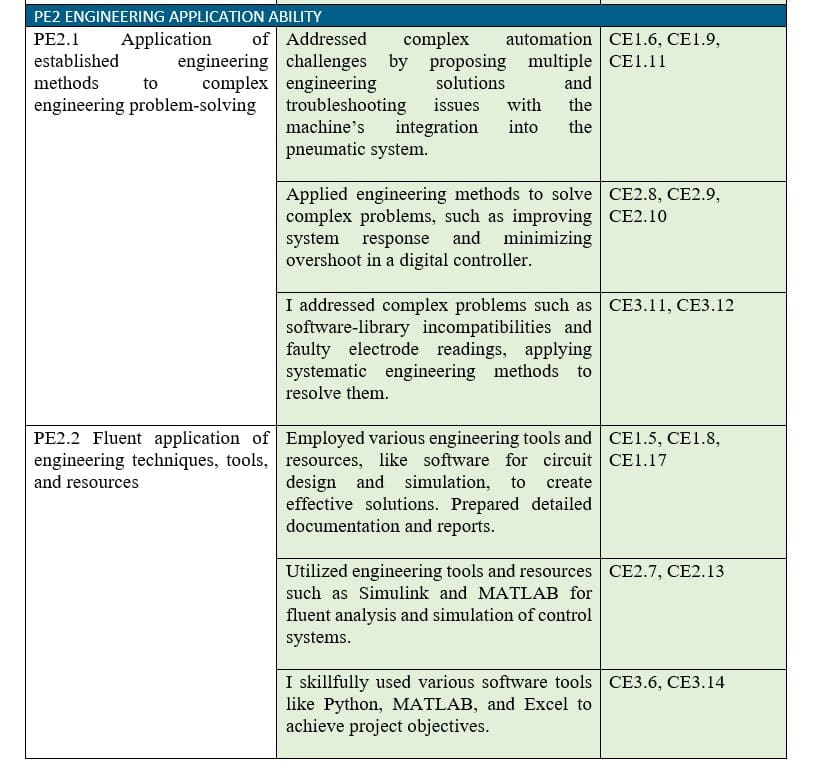The Competency Demonstration Report (CDR Report) is a critical component for engineers wishing to pursue a professional career in Australia. It is the gateway through which their credentials are validated, and their technical prowess is judged.
A well-crafted CDR Report not only reflects an individual’s engineering abilities but also their dedication and readiness to adhere to the stringent standards set by Engineers Australia.
According to Engineers Australia—the assessment authority for engineering occupations—the CDR pathway sees an approval rate of approximately 87% for applicants who strictly comply with the guidelines (Engineers Australia Migration Skills Assessment Booklet, V13.1, 2023). In contrast, CDRs lacking in detail and rife with errors result in an endorsement rate that drops to around 28%, substantiating the value of investment in accuracy and thoroughness (EA Annual Report, 2023).
Failure to meet these standards may result in the rejection of the CDR Report, thereby halting the journey towards becoming a recognized engineer in Australia. Thus, a meticulous and carefully presented CDR serves as a crucial step in securing a positive assessment and paving the way for professional opportunities and contributions to Australia’s innovation and engineering sectors.

Table of Contents
Essential Components of a CDR Report
As an aspiring professional engineer, you need to familiarize yourself with the three quintessential components of your Competency Demonstration Report (CDR). These elements are critical in showcasing your expertise and are meticulously examined by Engineers Australia.
- Career Episodes: Each of the three Career Episodes you include should showcase specific instances of your engineering experience. Dive deep into your role and responsibilities, highlighting the engineering principles you applied and the outcomes you achieved in each scenario. It’s not just about listing your technical tasks; it’s about showcasing your problem-solving capabilities and innovation within an engineering context.
- CDR Summary Statement: The CDR Summary Statement is a concise yet critical appraisal of your competencies, drawing direct links to the episodes detailed in your report. You must accurately cross-reference the prescribed competency elements and indicators. A well-crafted Summary Statement easily guides assessors through your documented evidence, leaving no doubt of your proficiency.
- Continuing Professional Development (CPD): Your CPD record is a testament to your ongoing commitment to professional development within the engineering field. This should be a catalogued list reflecting your learning endeavours post-graduation, including seminars attended, research conducted, books studied, and any other relevant activities that contribute to your growth as an engineer.
Tailoring Your CDR Report to Your Engineering Discipline
To ensure your CDR Report aligns with the specific competencies of your engineering discipline, it is paramount that you meticulously analyze the competencies stipulated by Engineers Australia. Follow these structured steps to tailor your report effectively:
- Identify Key Competencies: Begin by carefully reviewing Engineers Australia’s competency standards for your specific engineering category—be it Civil, Mechanical, Electrical, or any other. Identify the key indicators that highlight the desired outcomes and abilities.
- Map Out Evidence: For each competency, map out evidence from your career that best demonstrates your skills and knowledge. This evidence should come from your past work experience, projects, or problem-solving scenarios that are relevant to your engineering discipline.
- Structure Career Episodes Accordingly: When composing your Career Episodes, ensure that the narrative showcases how you meet each identified competency. Explicitly describe the engineering tasks you undertook, the methodologies you applied, the problems you encountered, and how your actions contributed to successful outcomes.
- Reflect Competencies in Summary Statement: In your Summary Statement, directly reference how each Career Episode reflects the competencies Engineers Australia is looking for. Use precise cross-referencing to make it easy for the assessor to correlate your experiences with the required standards.
- Continuous Professional Development: Highlight CPD activities that are specifically aligned with your engineering discipline. Choose seminars, workshops, courses, and publications that display your dedication to maintaining and enhancing your competencies within your field.
Crafting Compelling Career Episodes: A Step-by-Step Guide
When preparing your Career Episodes for a Competency Demonstration Report (CDR), precision and attention to detail are paramount. Follow these guidelines to ensure your episodes effectively showcase your engineering expertise:
- Begin with the Framework: Start by detailing the chronology and the context of the project or task you intend to describe. Outlining the timeframe, organization, location, and nature of the project sets a clear stage for your narrative.
- Define Your Objectives: Clearly articulate the engineering goals and objectives for your project. What were you tasked to achieve? This clarifies your purpose and the intended outcomes of your efforts.
- Describe Your Role: You must distinctly describe your role in the project. Were you a team leader, a technical expert, or a critical problem-solver? This delineation will pinpoint your specific contributions and responsibilities.
- Account for Technical Details: Provide substantial technical details about your work. What engineering principles did you apply? What tools and techniques were used? This showcases your technical acumen and adherence to industry practices.
- Illustrate Your Problem-Solving Process: Highlight particular challenges you faced and how you approached these problems. This is your opportunity to demonstrate your analytical and innovative thinking abilities.
- Detail the Working Methodology: Explain the methodologies and strategies you adopted to meet the project’s objectives. Be sure to illustrate the rationale behind your decisions and their adherence to engineering standards.
- Quantify Your Success: Where applicable, provide metrics that can quantify the success of your input on the project. This may include time or cost savings, increased efficiencies, or improved outcomes.
- Reflect on Team Interaction: Describe how you interacted with team members and other stakeholders. Strong emphasis should be placed on communication skills, leadership, and collaboration.
- Conclude with Reflection: Reflect on what you learned and how the project experience contributed to your professional development. Discuss any insights gained, skills sharpened, or knowledge expanded.
- Review and Edit for Clarity: Finally, review your Career Episode to ensure clarity, precision, and that it reflects your role and contributions accurately. Edit to maintain formal language and an authoritative tone throughout.
Crafting a Persuasive CDR Summary Statement

Mapping Competencies: Revealing Clear Connections
When constructing your CDR Summary Statement, it is imperative that you meticulously map your competencies to the elements prescribed by Engineers Australia. Below is a structured approach to ensuring this alignment:
- Evaluate the Competency Elements: Begin by thoroughly reviewing the competency elements required by Engineers Australia. Understand the proficiency level expected for each element.
- Correlate with Career Episodes: For each competency element, identify specific instances within your Career Episodes that demonstrate these competencies in action. Ensure you’re drawing clear connections between your experiences and the competencies.
- Articulate with Precision: Clearly articulate how your actions and results fit into the larger competency framework. Be precise in stating which part of your narrative correlates to each competency element.
- Reference Episodes Accurately: Use cross-references in your CDR Summary Statement to point directly to the paragraphs in your Career Episodes that exemplify each competency. This enables assessors to verify your claims easily.
- Highlight Personal Involvement: When mapping competencies, focus on your personal role and contributions. Avoid general team or project descriptions and center on your individual impact.
- Illustrate with Metrics: Wherever possible, quantify achievements with metrics or statistics that support your claims. Demonstrating the measurable impact of your competencies will provide solid proof of your capabilities.
- Demonstrate Broad Engineering Knowledge: Showcase a broad range of engineering knowledge relevant to your field, ensuring that you cover all aspects that the competency elements might encompass.
- Emphasize Outcome-Based Competencies: Highlight competencies that had a clear and direct influence on project outcomes, as these will be most compelling to assessors.
- Incorporate Feedback and Improvement: Mention any feedback received and how you have used it for continuous improvement, thereby showing a proactive commitment to professional development.
- Review for Completeness and Clarity: After mapping, review your Summary Statement critically to ensure it is comprehensive, clear, and reflects your engineering expertise unequivocally.
Condensing Career Episodes into Compelling Narratives
To effectively capture the core of your career episodes in a strong summary, make sure to follow the advice below closely:
- Identify Key Themes: Diligently comb through your Career Episodes to unearth recurrent themes that depict your unique engineering journey. Focus on highlighting these themes as they form the backbone of your narrative.
- Synthesize Information: Aim to synthesize the information from extensive narratives into concise statements that encapsulate your roles and achievements without losing the impact or importance.
- Use Active Voice: Engage in the active voice to construct potent and direct sentences. This will not only sharpen your summary but also ensure it resounds with assertiveness and clarity.
- Prioritize Significant Achievements: Given the restrictive length of summaries, prioritize your most significant engineering achievements. The prioritization should reflect the pinnacle of your expertise and instances where you’ve made a substantial difference.
- Simplify Technical Language: Translate complex technical jargon into standardized language comprehensible to a broad audience. Overly technical language may obscure the core accomplishments you wish to spotlight.
Selecting the Most Impactful CPD Activities

When curating the Continuing Professional Development (CPD) section of your Competency Demonstration Report (CDR Report), it’s vital to choose activities that most effectively illuminate your ongoing commitment to the profession. Follow this structured approach:
- Audit Your Professional Learning: Catalog all your learning and development activities. This includes training sessions, workshops, seminars, conferences, and self-study courses.
- Evaluate Relevance: You must ensure that each CPD activity is relevant to your engineering discipline and reflects current industry standards and technologies.
- Ascertain the Depth of Knowledge Gained: Prioritize CPD activities where the depth of learning was significant. You should be able to demonstrate how the activity has enhanced your professional capabilities.
- Highlight Leadership and Management Skills Development: Emphasize any CPD activities that have contributed to the development of your leadership and management skills. These are highly regarded in the assessment for skilled migration.
- Include Contributions to the Knowledge Base: If you have presented papers, authored publications, or contributed to technical standards, be sure to include these as they showcase a high level of expertise and commitment to the profession.
Adhering to these guidelines will ensure your CPD log robustly reflects your dedication to professional excellence and lifelong learning.
Technical Review and Proofreading
To safeguard the engineering accuracy of your Competency Demonstration Report (CDR), you must undertake a meticulous technical review. This process is crucial to fortifying the credibility of your document. You are advised to embrace the following structured and thoughtful approach:
- Assess Technical Content for Engineering Precision: Review each section of your CDR critically to confirm that all the engineering terminology, concepts, and methodologies are accurately represented and adhere to the prevailing industry standards within your discipline.
- Validate Calculations and Data: Ensure that all quantitative information, including calculations, measurements, and cited data, is correct and verifiable. Any inaccuracies in these details can significantly undermine the technical integrity of your report.
- Cross-Verify with Standards and Regulations: You must cross-reference your work against relevant engineering standards, codes of practice, and regulations. This ensures that your report is up-to-date and compliant with the professional benchmarks essential for engineers in Australia.
- Engage in Peer Reviews: Solicit feedback from colleagues or mentors proficient in your discipline. Their insights can be invaluable in identifying oversights or areas that may benefit from further clarification.
Understanding the Outcome Risks
Understanding the potential consequences of submitting a poorly prepared Competency Demonstration Report (CDR) is crucial for engineers aspiring to migrate to Australia. A CDR that falls short in any of the key aspects can result in several negative outcomes:
- Rejection of Visa Application: The primary consequence of a deficient CDR Report Sample is the probable rejection of your skilled migration visa by Engineers Australia. As the report serves as a showcase of your engineering skills and knowledge, a subpar presentation may lead to your application not being approved.
- Delayed Approval Process: Even if not rejected outright, a CDR that necessitates further scrutiny or reassessment can significantly delay the visa processing time, creating extended periods of uncertainty and potential disruption to your relocation plans.
- Assessment for a Lower Category: In cases where particular competencies are not adequately demonstrated, Engineers Australia may assess you as suitable for a lower category than applied for, which could limit your employment opportunities in Australia.
- Damage to Professional Reputation: Submitting a CDR that is not up to professional standards could reflect poorly on your reputation, particularly if shared within engineering networks, potentially diminishing your future job prospects.
- Legal and Ethical Implications: Any discrepancies or inaccuracies within your CDR could raise questions about your ethical standards and integrity, and in serious cases, might have legal implications concerning visa fraud.
Verification of documentation against MSA Booklet.
Before you submit your Competency Demonstration Report (CDR), take a moment to ensure it meets the high standards set by the Engineers Australia Migration Skills Assessment (MSA) Booklet. This checklist will be your trusted companion on this crucial evaluation journey:
- Confirm Personal Information: Double-check that all your personal information, including your full name, birth date, and contact details, aligns exactly with the information provided in your passport and other official documents.
- Validate Educational Qualifications: Ensure that your academic credentials are presented as per the MSA guidelines, including certified translations for non-English documents.
- Cross-reference Employment History: Scrutinize your listed employment against the official records, confirming that the dates, job titles, and responsibilities are accurately portrayed.
- Assess the Narrative and Project Reports: Review your Summary Statement and Career Episodes against the MSA competency elements to verify that they demonstrate the required skills and knowledge appropriate for your engineering category.
- Check for Document Compliance: Make certain all required documents have been included, such as your CV, English language test results, and academic transcripts, in compliance with the Engineers Australia checklist.
- Review Declarations and Signatures: Verify that your CDR includes the signed declarations, as stipulated in the MSA booklet, and that all necessary signatures are in place and correctly rendered.
- Scrutinize for Plagiarism: Utilize plagiarism detection software to guarantee originality in your content, as Engineers Australia strictly prohibits the use of non-original material.
Conclusion
In conclusion, it is of utmost importance for you to truly grasp the significance of dedicating ample time and effort into crafting your Competency Demonstration Report (CDR). This is not just a mere formality, but a pivotal aspect of your skills migration visa application. A meticulously prepared CDR serves as a testament to your exceptional skills and unwavering commitment to excel within Australia’s demanding engineering sector. By investing the necessary time and energy, you embark on a journey towards unlocking endless opportunities and achieving greatness.
Need Help?
Crafting a compelling CDR Report is no easy task, but remember, you’re not alone. If you need assistance, whether it’s understanding the ACS skill assessment occupation list, calculating your Australia skills assessment points, or simply getting a professional eye on your CDR, don’t hesitate to seek help.
CDR Elite Writers, a team of experienced CDR report writers and engineers, are ready to assist you. With a deep understanding of the Engineers Australia CDR requirements, they offer comprehensive CDR writing services in Australia, ensuring your CDR Report Sample stands up to scrutiny and maximises your chances of success.




